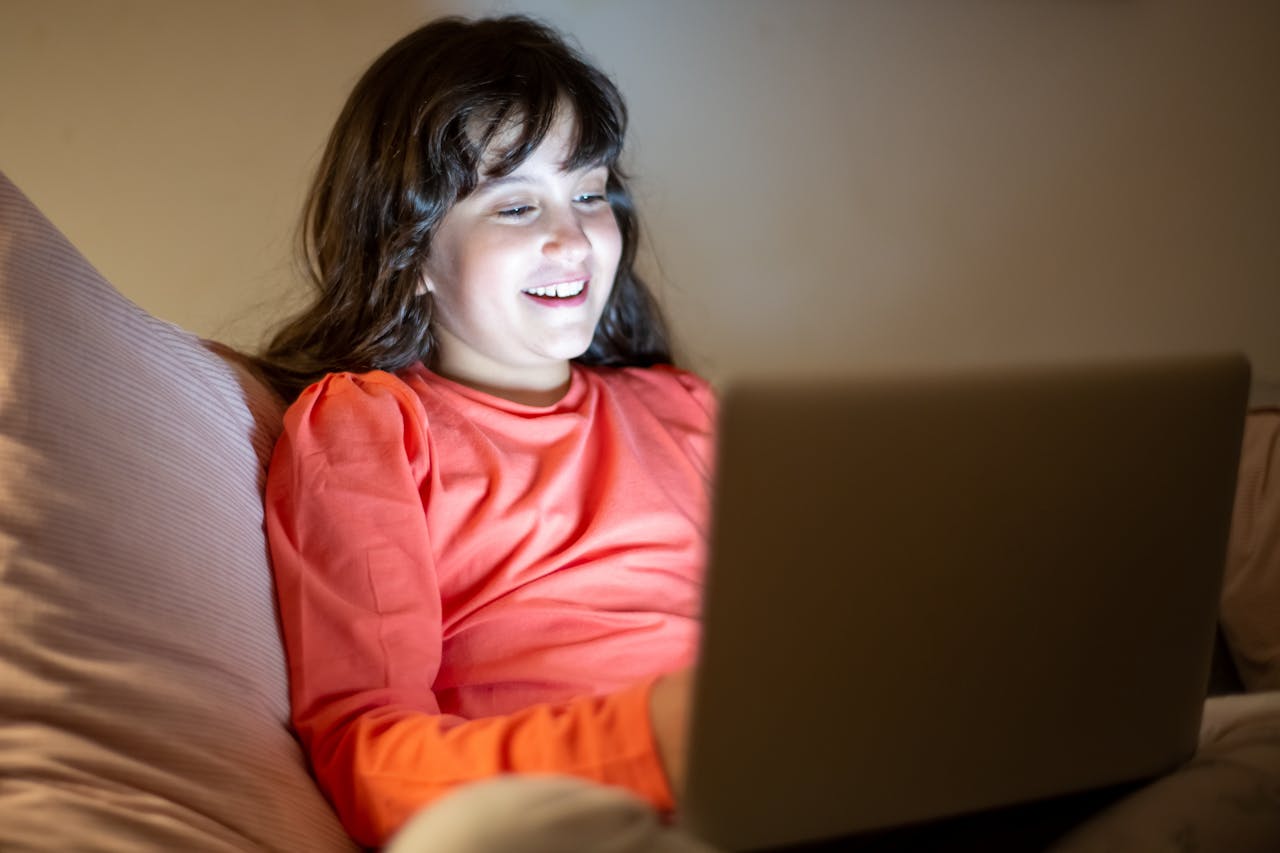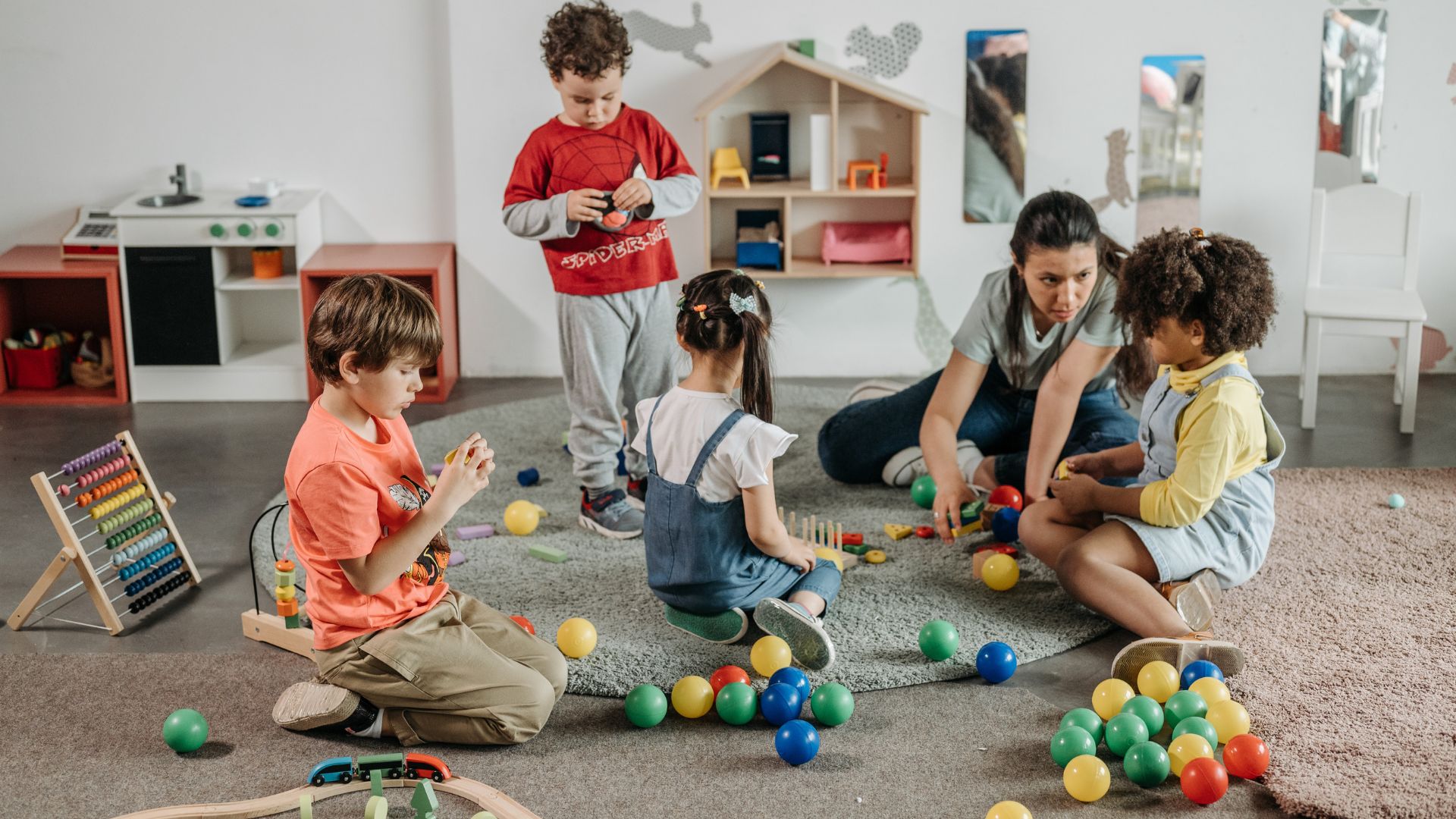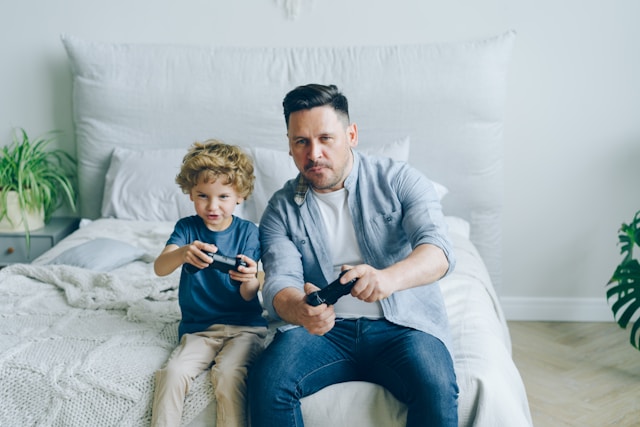
Social media often feels like a digital jungle—exciting but full of potential risks, especially for children. Yet, social media for kids can offer incredible benefits when approached responsibly. Platforms designed with younger users in mind can spark creativity, fuel curiosity, and even foster meaningful connections. The key is identifying which platforms are suitable and ensuring your child’s experience is both safe and enriching. Let’s explore some of the best options for kids and how to make them work for your family.
Imagine a space where your child can dive into endless ideas for crafts, art projects, and even science experiments. That’s Pinterest in a nutshell. Unlike many social platforms, Pinterest isn’t about building a following or sharing personal moments. Instead, it’s a hub for ideas and inspiration, making it one of the safest social media platforms for kids.
Kids are naturally curious, and Pinterest fuels that curiosity. They can search for topics they’re passionate about, whether it’s learning how to draw, building a Lego masterpiece, or baking cookies. The platform’s visual focus also makes it easier for kids to absorb information without needing to read long paragraphs.
Here’s the trick: treat Pinterest as a collaborative tool. Sit with your child and create boards for their favorite topics. Whether it’s “Art Projects for Rainy Days” or “Fun Science Experiments,” this shared activity can be a bonding experience. Don’t forget to enable content filters to block anything inappropriate.

If there’s one platform almost every kid knows, it’s YouTube. But the regular app isn’t always safe for younger audiences. That’s where YouTube Kids steps in, offering a curated environment filled with age-appropriate content.
This platform combines education and entertainment seamlessly. From animated math lessons to nature documentaries, YouTube Kids has a little something for everyone. Even better, parents can customize the experience by approving channels and setting screen time limits.
No system is perfect, and YouTube Kids is no exception. Some inappropriate content might slip through, even with filters in place. That’s why it’s important to watch alongside your child occasionally. Not only does this help you catch questionable content, but it also gives you a chance to engage in discussions about what they’re learning.
Instagram might not be the first platform you think of when it comes to kids, but it’s worth considering—with parental controls. Officially, Instagram is for users aged 13 and above. However, many kids start exploring it earlier. The good news? It’s possible to turn this into a positive experience rather than a risky one.
Kids are drawn to Instagram because it’s visual and creative. They can share their art, photography, or even short videos, while also following accounts that inspire them. Educational pages, like those focusing on wildlife, science, or history, can make Instagram more than just a place for selfies.
The risks on Instagram—like cyberbullying or oversharing—are real. To mitigate these, sit down with your child to explain the importance of privacy settings. Teach them to keep their account private and approve followers carefully. Make sure they understand what’s safe to post and what should stay offline.
Snapchat might raise eyebrows for parents, especially with its disappearing messages and quirky filters. But when used sparingly and with guidance, it can be a fun and interactive platform for kids.
Snapchat’s unique appeal lies in its creative features. Kids love experimenting with filters, creating doodles on their snaps, and sending silly pictures to friends. These features can spark creativity and encourage playful communication.
Snapchat’s disappearing content can make it harder to monitor. This is where trust and open communication become crucial. Talk to your child about why certain snaps should never be sent, even if they vanish. Teach them about online safety, and ensure their friend list only includes people they know in real life.
Navigating social media as a parent can feel overwhelming. But with the right strategies, these platforms can offer more benefits than risks. Here are a few overarching tips to guide your child’s social media journey.

Kids don’t want to feel like you’re constantly monitoring them, but they do need guidance. Make social media a collaborative activity by sharing accounts, exploring content together, or discussing what they find interesting.
Establish clear rules about when, where, and how long your child can use social media. For example, no devices at the dinner table or no more than an hour of screen time per day.
Teach your child about digital etiquette and the potential consequences of sharing personal information. Help them understand the difference between real friends and online acquaintances.
Most platforms offer tools to help parents manage their child’s experience. Use these features to filter content, restrict interactions, and monitor usage.
Social media for kids doesn’t have to be overwhelming or unsafe. Platforms like Pinterest, YouTube Kids, Instagram, and Snapchat can offer creative and educational opportunities when used responsibly. By staying involved, using tools like content filters, and maintaining open communication, parents can help kids enjoy the benefits of social media while minimizing its risks.
Ultimately, it’s about teaching children to navigate the digital world with confidence, responsibility, and creativity—skills they’ll carry into adulthood.


